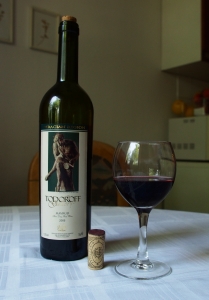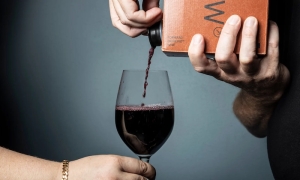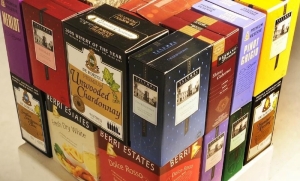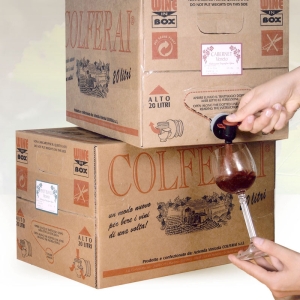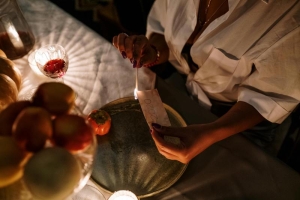International Pinotage Day: Let’s toast to South Africa’s signature red wine
Every year on the second Saturday of October wine enthusiasts around the world will be raising their glasses to International Pinotage Day. This day is all about Pinotage, South Africa’s very own red wine grape variety. It may not be as famous as Cabernet Sauvignon or Pinot Noir but Pinotage has earned its place in the world of wine with its big flavours, rich history and cultural importance.

What is Pinotage?
Pinotage is a red wine grape variety created in 1925 by South African viticulturist Abraham Izak Perold. It’s a cross between Pinot Noir and Cinsault (which was known as Hermitage in South Africa, hence the name Pinotage). He wanted to combine the best of both grapes to create a grape that would thrive in the warm South African climate and produce wines with flavour and complexity.
Pinotage wines are known for their big and distinctive flavours. The flavour profile can vary depending on the winemaking style but common tasting notes are blackberry, plum, smoky bacon, chocolate and sometimes even banana or acetone which has become part of Pinotage’s charm. It can be made in a range of styles from light and fruity to rich and full bodied.
The Birth of an Icon: A Brief History of Pinotage
The creation of Pinotage was a turning point in the history of South African wine. Perold’s aim was to combine the elegance of Pinot Noir with the robustness of Cinsault to create a grape that would thrive in the South African vineyards. But after planting the first Pinotage vines in the Western Cape the grape didn’t take off immediately. In fact it wasn’t until the 1950s that Pinotage started to make its presence felt in the South African wine industry.
In 1959 a Pinotage wine from Cloof Cellar (now KWV) won the General Smuts Trophy at the Cape Wine Show, one of South Africa’s most prestigious wine awards. This put Pinotage in the spotlight and cemented its place as South Africa’s signature grape. By the 1960s Pinotage had become the face of South African wine, representing the country’s ability to produce world class wines that were uniquely South African.
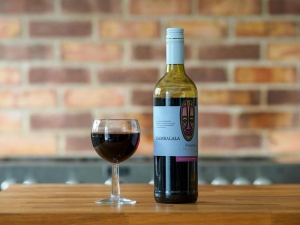
Why International Pinotage Day?
International Pinotage Day was created to celebrate this very South African grape and to showcase the diversity, innovation and tradition that Pinotage represents. Established in 2014 the day encourages wine enthusiasts to explore the many faces of Pinotage from its rich history to the modern expressions being made by our talented winemakers today.
South Africa is still the biggest producer of Pinotage and the grape is part of the country’s wine fabric. But Pinotage is now being grown in small quantities outside of South Africa, in places like New Zealand, Canada and Israel, so the love for this grape is spreading globally.
The Flavour Profile of Pinotage
One of the reasons Pinotage is so loved is its versatility. It can be made in a range of styles from light and fruity to full bodied and smoky. Some Pinotage wines are easy drinking with fresh, fruity flavours of red berries, raspberries and cherries. These styles are perfect for those who like a lighter red wine.
On the other hand there are full bodied Pinotage wines with rich flavours of dark fruits, black plums and black cherries, often with complex layers of spice, smoke and chocolate. These wines can have firm tannins and a long finish and are perfect for ageing and pairing with big meals.
A more unusual flavour note that is sometimes found in Pinotage is a hint of banana or acetone (nail polish remover). While this can be off-putting to some it’s a characteristic that has become part of Pinotage’s charm and adds to its boldness.

Pinotage and Food
Thanks to its bold flavours and firm tannins Pinotage pairs well with many dishes. Some of the best food pairings for Pinotage are:
- Barbecued meats: The smoky, savoury flavours of grilled or barbecued meats, especially South African braai, are a natural match for Pinotage’s dark fruit and smoky notes.
- Game meats: Dishes with game meats like venison, wild boar or ostrich pair well with full bodied Pinotage wines.
- Spicy food: The fruity flavours of Pinotage complement the heat and spices in dishes like Indian curries or Mexican mole.
- Cheeses: Strong, mature cheeses like aged cheddar, gouda or blue cheese work well with Pinotage, especially with some dried fruit or charcuterie.
The Future of Pinotage
While Pinotage is still very much a South African grape, it’s gaining traction internationally. Winemakers are experimenting with new techniques like carbonic maceration (a method used in Beaujolais to make lighter, fruitier wines) and blending Pinotage with other varieties to make unique, high quality wines for a global market.
In South Africa modern winemakers are taking Pinotage to new heights, moving away from the heavy, oaky styles of the past and making more balanced, elegant wines. Pinotage has become a grape that can produce world class wines, able to compete on the global wine stage.

Conclusion
International Pinotage Day is more than just a grape, it’s a celebration of the innovation, resilience and culture of South African winemaking. As the country’s flagship grape variety, Pinotage is the bold and spirited reflection of the South African winemakers and their dedication to making wines that are as unique as the terroir they come from.

